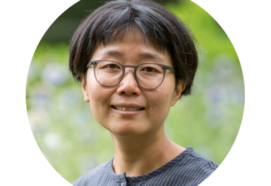Editorial: Child and Adolescent Mental Health: a global challenge
Crispin Day
Abstract
Welcome to the first issue of Child and Adolescent Mental Health of 2015. A pleasure of being an editor of this journal is the sheer breadth and diversity of papers that we receive. The best papers not only share the achievements and successes of new research and innovation but also shed light on the complex struggles and challenges involved in helping children and young people overcome the emotional, behavioural and other mental health difficulties they endure. Child and Adolescent Mental Health aims to publish high quality health services research that informs, influences and transforms the quality and effectiveness of the mental health care available to children, young people, their parents and families.
When placed in the global context outlined by Patel and Rahman (2015) in this issue, the scale of this task is daunting. Nearly half of the world’s population are under the age of 18 and only a small fraction of the global mental health resources currently available are invested in child and adolescent mental health care across low, medium and high income countries. Patel and Rahman (2015) argue that the step change needed to transform global child mental health requires a bold agenda that mobilises community assets, such as lay health workers, harnesses the use of mobile and electronic health technologies alongside more conventional improvement in access and effectiveness of both universal and specialist services from early life onwards. This agenda resonates for children and young people in high income countries as much as it does for those living in low and middle income countries.
Child and Adolescent Mental Health needs to reflect the global challenge of children and young people’s mental health. This issue contains papers from authors based in Australia, Brazil, India, Italy, Ireland, Turkey, the UK and the USA, each of which uses scientific methods to make an informed contribution to clinical practice.
We hope you enjoy the full editorial of this issue, which is free on the Wiley Online Library.


